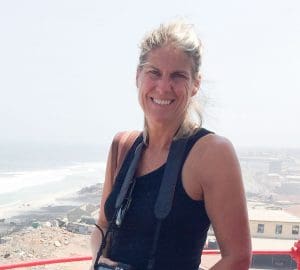Exploring the ethereal world of underwater photography with Hingham photographer Alyssa Fortin.
Photography by Alyssa Fortin
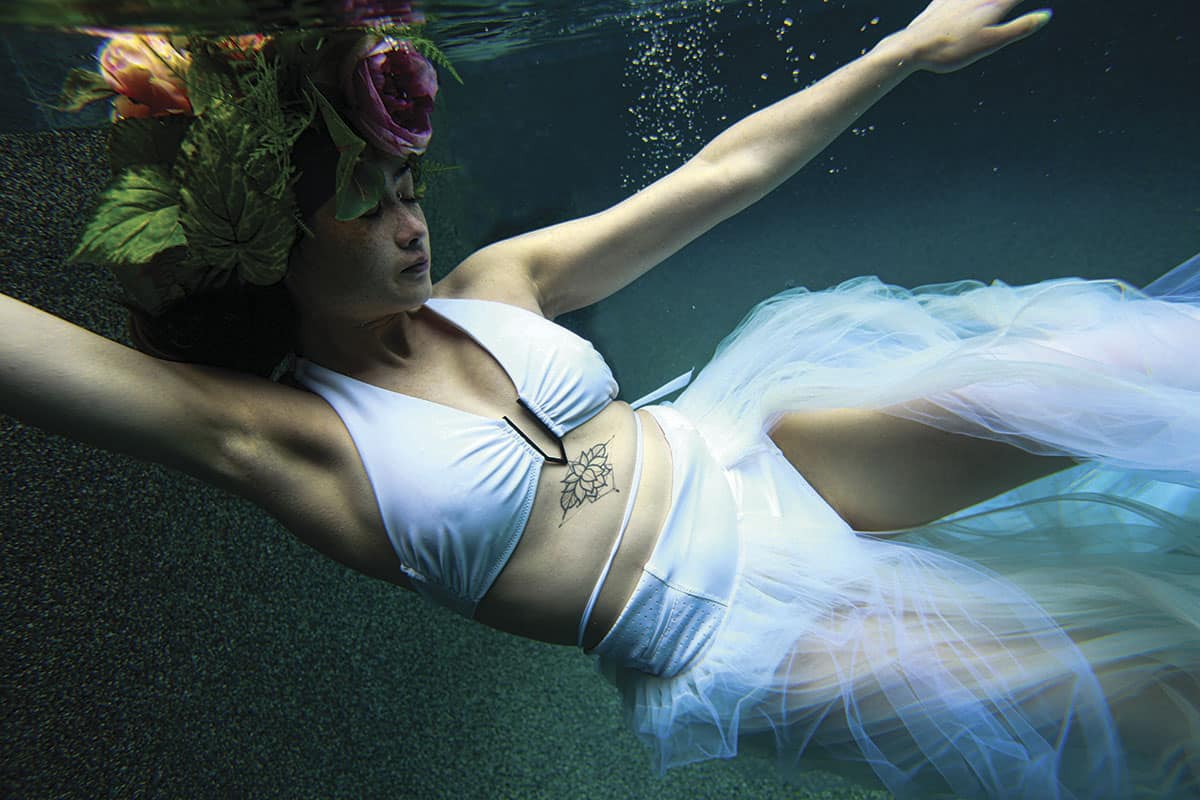
“Fleur de Lotus”
Since launching her business almost 25 years ago, Alyssa Fortin’s photography career has expanded to encompass a wide variety of styles and subject matter. Known locally for capturing gorgeous portraits of children and families in Hingham and across the South Shore, she has also spent a good deal of time traveling throughout the world creating dynamic cultural portraits. During the summer of 2020, Fortin embarked on a new personal project that would push her fine art photography skills to new limits. Her “Temps de Poisson’’ collection features underwater photographs of ballerinas. Appropriately named after a ballet jump that requires the dancer’s body to arch in the curved shape of a fish, her collection is filled with swirling skirts and elegantly outstretched arms. Ethereal and mesmerizing, Temps de Poisson is a dynamic celebration of grace and beauty.
HL: What is your photographic specialty?
For most of my career my specialty has been natural light portrait photography, both in film and digital. I know most of my clients very well, and have sometimes photographed them for decades. I am called on to shoot some of the most intimate moments of people’s lives. As a photographer you are a witness to life, in its entirety. Portrait photography has been a real honor, and given me the opportunity to be there for and explore all levels of that ever-changing human experience.
HL: What do you enjoy about living and working in Hingham?
My studio is in the historic downtown of Hingham, which I love. The settings for my shoots have allowed me to explore the unbelievable natural beauty of the South Shore; its beaches, rivers, marshes, fields, meadows and parks. The historic architecture is utterly unique: the colonial buildings, antique barns, family and community owned farms, turn-of-the-century boardwalks, historic downtowns with ice cream and coffee shops. I’ve been blessed. When I look through the last 25 years of photos that I’ve taken it’s like reading a stack of love letters to New England.
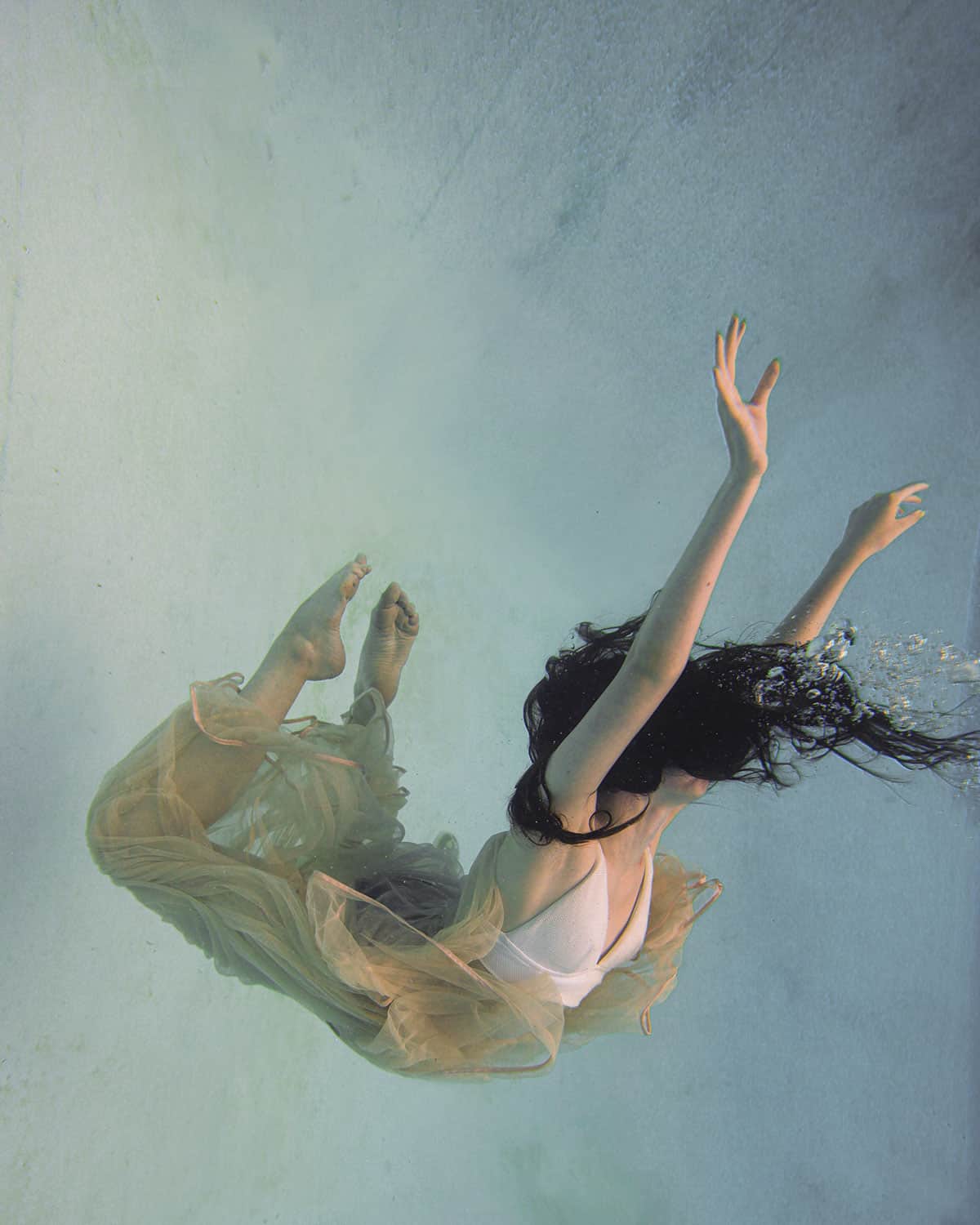
“Rocco Angel: The Fall”
HL: Who or what has inspired your photographic style?
I was strongly influenced by the work of American photographers Dorothea Lange, Walker Evans, Sally Mann, Annie Leibovitz, and New Zealand photographer Niki Boon. After a workshop with Cheryl Jacobs Nicolai in 2002, I was really inspired to develop my skills in film photography. You can see the impact of those artists on both my earlier and current portrait work–the use of black and white, natural light, the settings, composition, and down to the connection and mood of the images.
HL: Can you tell me about your work in other countries?
About a decade ago I began expanding my venues to other cultural landscapes, traveling through Ghana, Cuba, Colombia, continental Europe and Alaska. That became the basis for my Peoples and Places series. I was interested in taking the principals of portrait photography and placing them in the context of the countries, architecture and socio-economic reality my subjects lived in. These are more ethnographic - meaning that I’m trying to give a more in depth story of people, their lives, their work, how their communities function and survive. I am working on a number of books compiling country based narratives, interviews and photos. This project has been on hold thanks to COVID, but I am hoping to start it up again with a trip to Cuba in October.
HL: How did the Temps de Poisson collection come about?
The pandemic had a big impact on everyone. The normal individual and family rituals that everyone usually wants to document were canceled or put on hold. Similarly, since travel was out, my People and Places series was limited to editing photos and organizing the books at home. It was in that slower, quieter time I had the chance to think about doing something new.
I turned to friends who spent years of study and practice trying to learn the art of balance- yoga masters and ballet dancers. They became the subjects of my three most recent series: Transitions, Temps de Poisson, and Les Petits Poissons. All three are experiments in figurative art. Transitions is a series of crisp, highly graphic, black and white figurative studies of a yoga master at dusk on the beach. Temps de Poisson and Les Petits Poissons are more impressionistic, highly color saturated studies of underwater ballet dancers. Temps de Poisson focuses on adult dancers, while Les Petits Poissons focuses on child dancers. These last two series are the result of some 15 separate sessions. Each session experimented with increasing levels of abstraction.
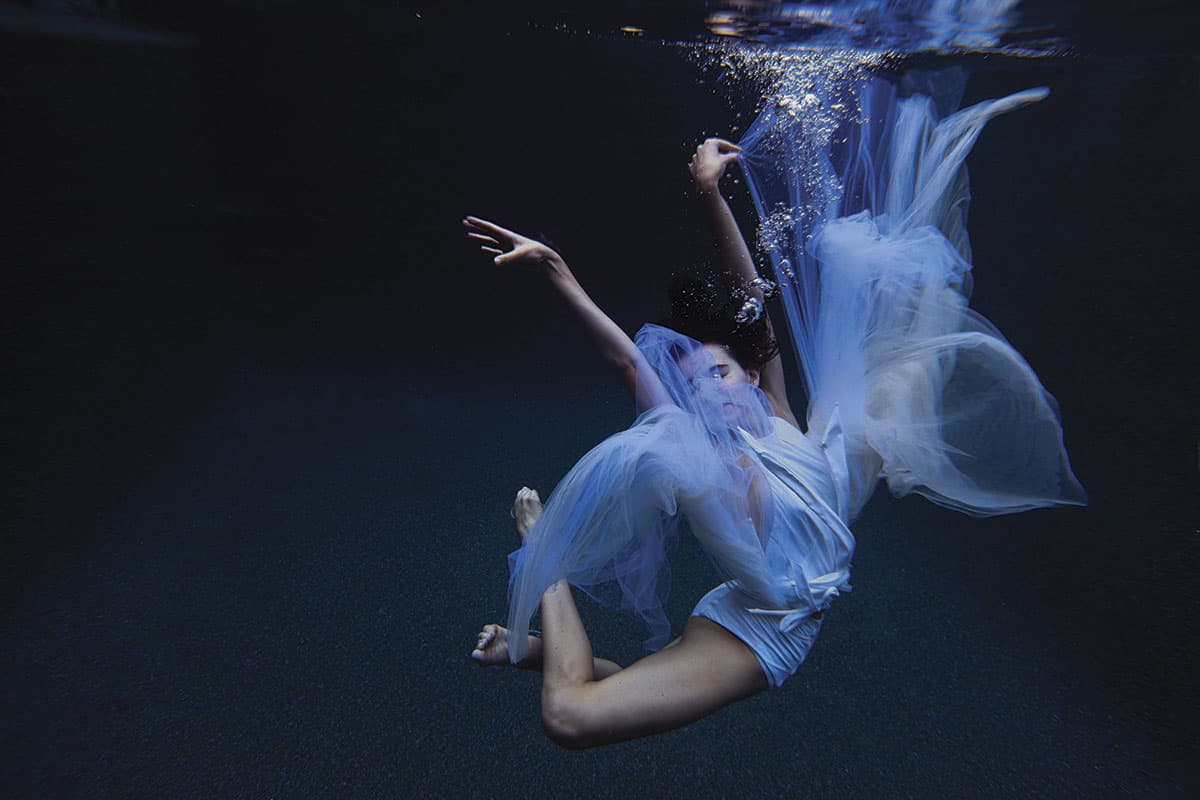
“Out there in the darkness, I have seen such things...”
HL: How did you approach these photos?
I have collaborated with a lot of amazing women over the years, from yoga masters and classical and modern dancers to clothing designers like my friend, Jill Palese, from Call to Action Clothing. In Transitions we took the subject to the edge of the water, to the place where land and sea meet. The pictures and lines were stark, clean, and powerful. The black and white simplified the visual so that the form and light were everything. In Temps de Poisson and Les Petits Poissons we took everything much further. No longer poised on the edge or resting on the surface, we completely submerged - subjects, photographer and equipment. It felt like going through the looking glass. Suddenly, in this weightless environment, bodies and materials became fluid. A breath of air from a dancer transformed into a stream of sparkling jewels. Colors were brighter and light reflected and refracted in a magical way. No longer pulled down by gravity and their own weight, dancers could leap, glide and float in position–higher, longer and without seeming effort. And when the dancers donned their flowered headdresses and their gauze and tulle, it was like a Pre-Raphaelite painting meets Frida Kahlo. The colors, the grace, the dreamlike beauty...I couldn’t believe what I was seeing during those shoots. It felt mythic. And the camera caught it all.
HL: What inspired you to photograph ballerinas?
It started with a shoot at a friend’s pool with a few of my creative friends. We each invited a friend and brought our ideas to play. One of the friends was a ballerina. I had just purchased an underwater case for my camera and I wanted to test it out. One image I captured from that day is still one of my favorites and started my underwater ballerina journey. I then reached out to South Shore Ballet Theater and they asked their students if any were interested in an underwater ballet photo shoot. Before I knew it, I had more girls who were interested than I had time and pools available for shoots.
After a few sessions with the young girls, I realized I wanted to concentrate on teenagers and adults. Again, the word got out pretty quickly on what I was doing and I had ballerinas from Boston, Cambridge, Wellesley, Jacksonville, Hingham, Cohasset and other towns all reaching out to me with interest. One of my favorite subjects was Matilda from the Koltun Ballet in Boston. I truly enjoyed getting to interact with these women who outside of the pool were young giddy girls having fun with their ballet friends and then as soon as it was their turn to perform they turned into mature, graceful, composed ballerinas who’s elegant athletic bodies could gracefully dance underwater.
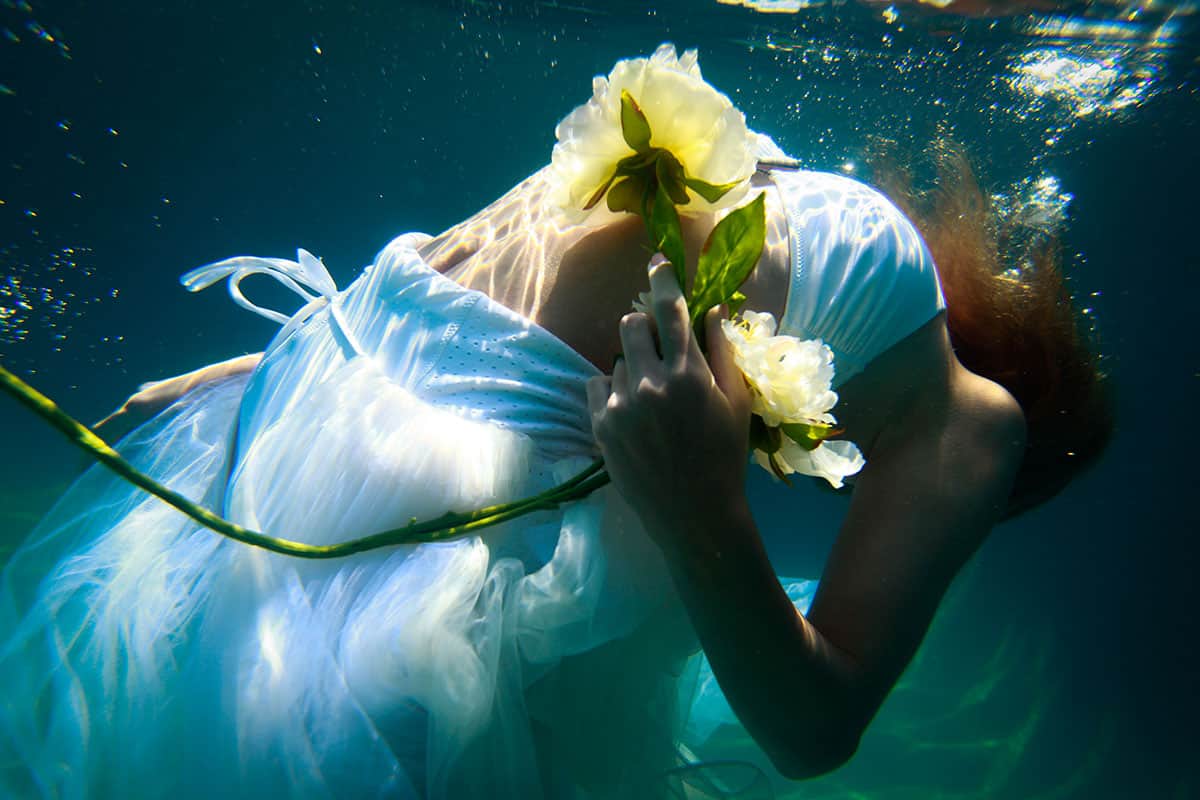
“L'Epanouissement Blossoming”
HL: What was the experience like shooting underwater photos?
I used my Canon EOS Mark IV camera with a wide angle lens and a EWA Marine underwater camera case to protect it. The case is a glorified plastic bag! It had its limitations but I managed to work with it; a little bit of duct tape and a few extra rubber bands got the job done! I really want the professional hard plastic case made personally for each camera. Hopefully, that will come in the near future.
The ballerinas would take turns doing their poses and dances underwater while I photographed it. As soon as a good idea developed each girl would do it over and over again. It was exhausting to the ballerinas. They would do a few poses, then get a chance to rest while the next girl stepped in. It was underwater, I couldn’t completely see what my camera was recording and part of the exact moments that were being captured were up to chance. To make sure I recorded the perfect moment of grace, movement, reflection and abstraction there was A LOT of over shooting! One session could last three hours with 1,500 images recorded. Then I had to upload the photos to my computer and begin the editing. The water distorts the colors underwater and I would have to color correct the image in Photoshop and Lightroom. We played around with ballet skirts, tutus, plastic, tulle, and silk cloth as well as flowers, ribbons and swim caps. I was in the water with the girls. Sometimes the camera was completely underwater but most of the time, only part of the camera was underwater. This allowed me to compose the shot a little more.
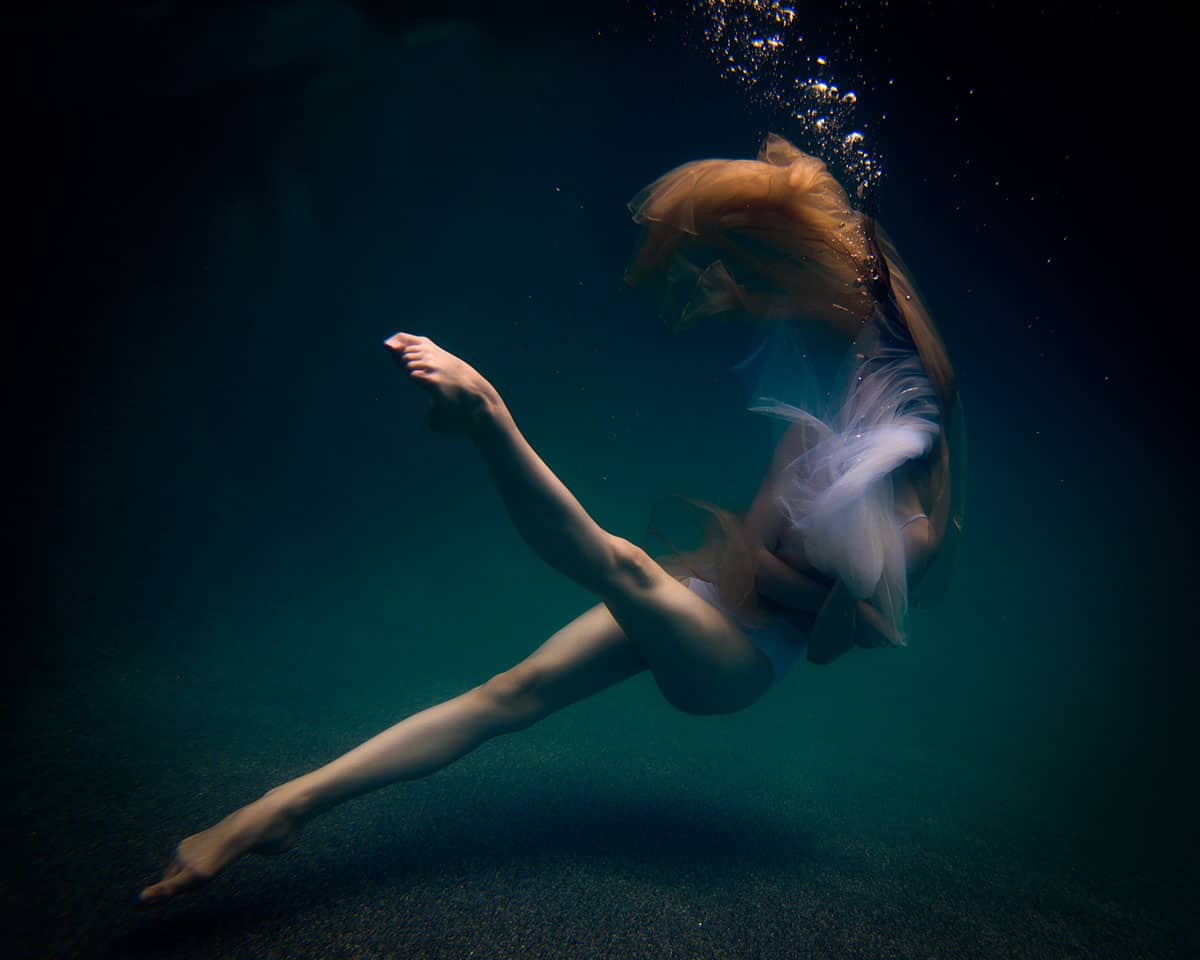
“Odettes Transformation”
HL: What do you hope to convey with your photography?
I’ve always been interested in the combination of fragility and power- in our planet and our bodies. I’ve been thinking about this a lot during the past two years, a time during which we have all been surrounded by more than our fair share of sickness, fear, and death. I have come to believe that there is a balance that must be kept -environmentally, physical, mentally, and spiritually. While it might sound easy to balance - it is not. It takes a lot of hard work, strength, thought, and self-control. But the beauty, tranquility and freedom that can be achieved is well worth the sacrifice. It’s then that I began thinking ‘what does balance, strength, and freedom look like in a human form?’
Temps de Poisson is an exploration of the female figure underwater where the effects of water and gravity create flow and movement. It’s a continual study and transformation of thoughts and ideas as one shoot’s results progress to a new concept and addition. At this point I am continuing to push the degree of abstraction of the human female figure underwater. I see the end printed result as very large images in which the viewer is lost in an undefinable feminine shape filled with light, movement and grace. I am also working on a project where the final images might be projected up on a screen as part of a larger mixed media performance.
HL: What did you enjoy most about this project?
One of my favorite parts of this project has been the creative journey. I have been taking portraits for a long time. It’s easy to slip into doing what you know will be successful and the client will buy. This project was not commissioned work so I had artistic freedom to create anything I wanted. Each shoot was a building on the last. I would evaluate the results and make changes or additions to continue to bring the image to a more abstract visual where the viewer could get lost in this large feminine image of lines and shapes.
HL: Are there any local charities/organizations that are close to your heart?
Over the years I have made amazing friendships with people who are working hard every day to keep those unique local spaces and places alive here in the South Shore. In the process I’ve collaborated with a lot of community organizations, a kind of give-back to the amazing places, organizations and people I have met on this almost three decade long journey. Among them are Weir River Farm, Holly Hill Farm, Hingham Community Center, Nona’s Homemade, and Soule Homestead Education Center. The shows, shoots and fundraisers we’ve done together have helped create great art for area residents, while supporting local farming, sustainable organic agriculture, family owned local businesses, and primary and secondary environmental education. My plan is to continue this work in the future.
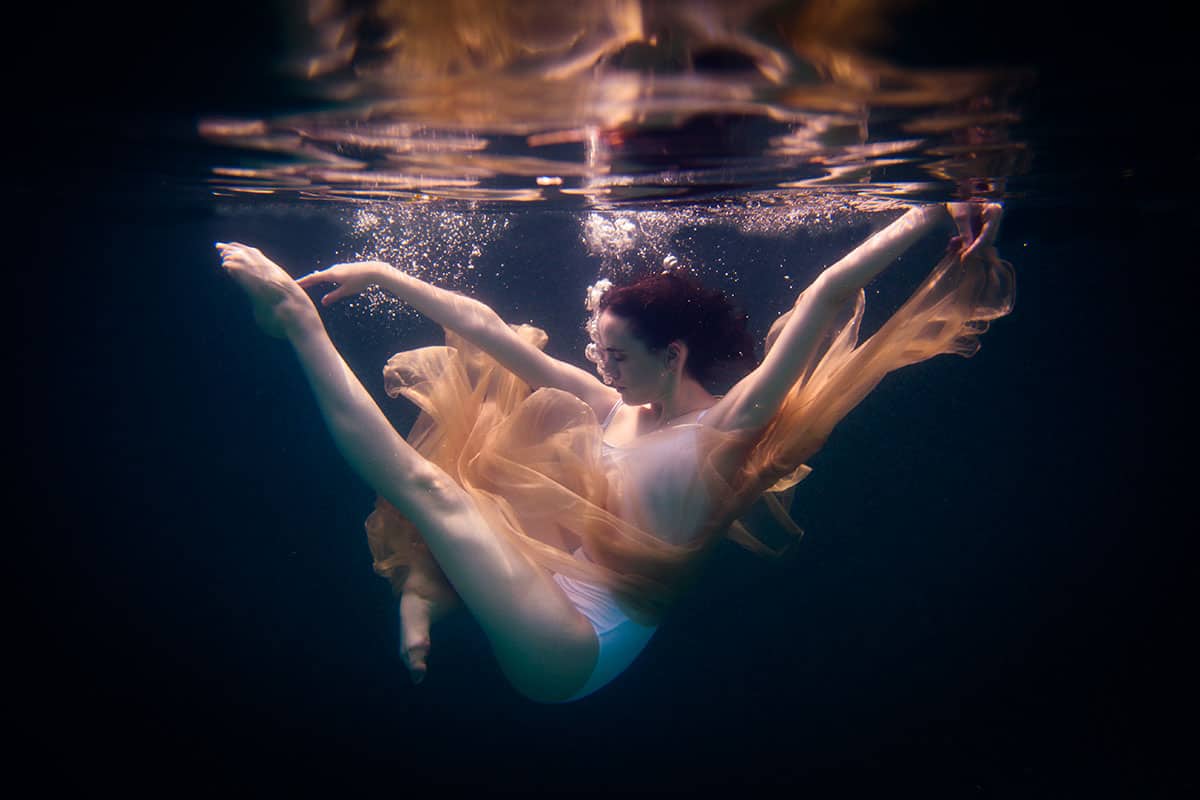
“The Swan Rises”

